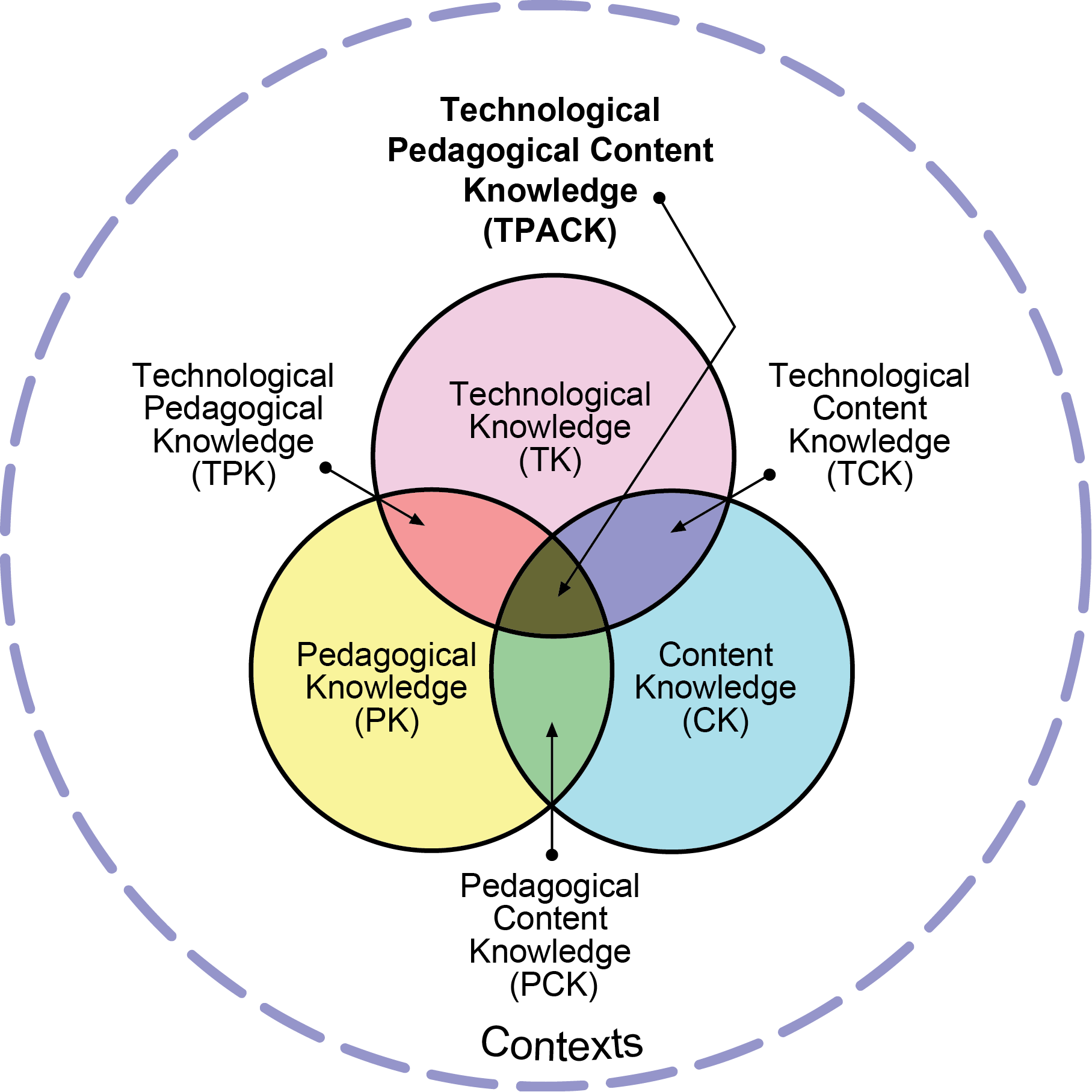PD Session Summary: Cognitive ‘Nudges’ in Teaching
Presentation: Implementing Cognitive ‘Nudges’ to Promote Student-Centered Learning Experiences
January 16th, 2018.
This presentation was part of a PD Day at Qatar University. The speaker, Dr. Chris Stryker, discussed how the idea of a ‘nudge’, as popularized by Richard Thaler and Cass Sunstein’s book “Nudge: Improving Decisions About Health, Wealth, and Happiness”, could be applied to teaching, with examples from his own class. A ‘nudge’ is a (usually) small change made to the target environment which has the power to alter someone’s behavior without forbidding any options. It’s basically something that will make it easier for the recipient of that ‘nudge’ to behave in a particular way.
While I felt he spent a little too much time trying to convince the audience that making small changes to their teaching practice could result in improvements in student learning (“evolutionary change vs. revolutionary change”), I did find some of the examples from his class quite compelling. Dr. Stryker started by discussing some of the visual ‘nudges’ he incorporated into his lectures – nudging his students into making note of important slides, and encouraging students to create and bring their own ‘help sheets’ to exams – removing some of the usual stress and resistance associated with that aspect of teaching.
But I felt the most valuable (to me) example was his transformation of “homework assignments” to “achievements” – a ‘nudge’ aimed at increasing homework completion rates. Instead of assigning a small number of compulsory assignments, Dr. Stryker has created a wider range of tasks to be completed by students. The main difference being the availability of choices and possibility of completing tasks carrying differing “weights” in terms of marks.
Briefly, his course has a grade component called “Achievements” worth a total of 200 points – I’m sure the large number is also a ‘nudge’ making the value of these assignments seem greater than it really is; it’s likely later converted to a small percentage of the total final grade. Students can earn those points by completing a wide variety of tasks of varying difficulty/complexity. The number of points each task is worth varies depending on the complexity of the task – this varies from 10 to 30 points. Students are given the freedom of completing as many or as few tasks as they wish, as long as the total value of those tasks adds up to 200.
Dr Styker claims that the provision of this freedom of choice to students gives them more control over their learning, and promotes motivation because they can select assignments which are of more interest to them. They can also have some control over the level of difficulty of their assignments, so they can adjust the level of difficulty of their assignments to match their comfort level with the material.
Additionally, the use of the word “achievements” itself is a nice semantic adjustment. Not only does it sound more positive than “homework“, it implies that the grades will be ‘earned’ – ie. the student is starting with 0 points – as opposed to being ‘lost’ for getting things wrong, which is how most students view their grades (they assume they’re starting with 100% at the beginning of the semester).
When I reflect on my own learning experiences in MET courses, I definitely appreciated having some choice in what to focus on in my assignments – I think having that little bit of control over my learning helped me stay motivated and allowed me to explore things that were relevant to me. While I was familiar with the concept of a ‘nudge’ before this presentation – I actually referred to it at the end of an analyst report I produced for ETEC 522 – I hadn’t really thought about using ‘nudges’ on the scale suggested by Dr. Stryker. It is definitely something I am considering now.


